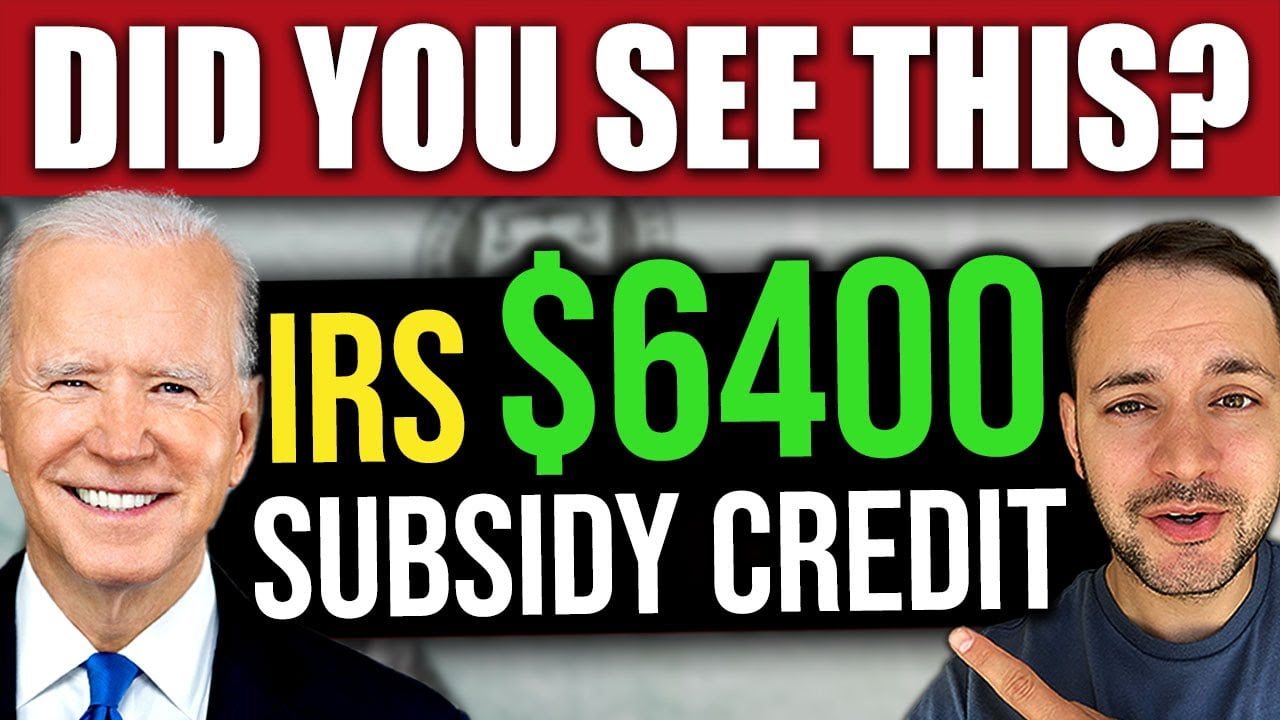Nowadays, the digital world has been filled with the question, “Is the $6400 subsidy real or a scam? This topic has gathered significant attention, especially on social media platforms, where many posts and viral videos claim that individuals can easily access an IRS $6400 subsidy credit allegedly as part of a government programme.
This extraordinary claim, which has caught the interest of many, especially those struggling with financial and healthcare challenges, raises critical questions about its authenticity and the overall consequences of such offers in the digital age.
Origin of the $6400 Subsidy Scam

The scam appears to have originated from a viral video posted on social media platforms. In this video, a woman claimed she received a $6400 health care subsidy simply by calling a hotline. Her evident joy and relief at being able to meet financial demands add an emotional layer to the scam, making it more relatable and exciting to the audience.
The woman in the video provided a link to a website, claiming it as a portal for others to check their eligibility. The website was likely set up to gather personal information under ‘registration’ or ‘verification’, asking for details like address, phone number, income, and insurance coverage.
How to find out if it’s a scam or real?
The websites and hotline numbers promoted in the video and related materials are not affiliated with any legitimate government agency or program. Legitimate government subsidies involve detailed application processes and eligibility verifications, not simple registration on third-party websites.
The scheme uses tactics typical of scams, such as copying government officials, making unrealistic promises, and using pressure tactics. Importantly, no individuals supposedly registered for the subsidy received the promised $6400.
No health department or government agency has advertised or confirmed the existence of a subsidy program that provides a $6400 cash payout.
Strategies for Protection from This Scam
Always verify the legitimacy of such offers through official sources like government websites or trusted news outlets. Be doubtful of unasked emails, calls, or social media messages promising easy money or financial aid.
Be doubtful of unsolicited emails, calls, or social media messages promising easy money or financial aid. When looking for information or applying for subsidies, use secure websites with “https://” in the URL. Report suspicious offers or activities to authorities like the Federal Trade Commission or local consumer protection agencies.
What to do if the $6400 health subsidy scam has tricked you?
If you’ve been tricked by a fake subsidy like the $6400 health subsidy credit, taking immediate and appropriate actions to reduce any potential damage is essential.
- Contact your local law enforcement and report the scam.
- File a complaint with the Federal Trade Commission (FTC) via their website or hotline.
- If it was online, report the scam to the Internet Crime Complaint Center (IC3).
- If you provided bank account or credit card details, contact your bank or credit card company immediately to inform them of the fraudulent activity.
- Change passwords for online accounts, especially if you shared any passwords with the scammers.
- Regularly check your credit reports for any unauthorized activity.
- Consider placing a fraud alert or a credit freeze on your credit reports.
- If you have shared sensitive personal information, be alert for identity theft.
- You may need to contact government agencies if you provide information like your Social Security number.